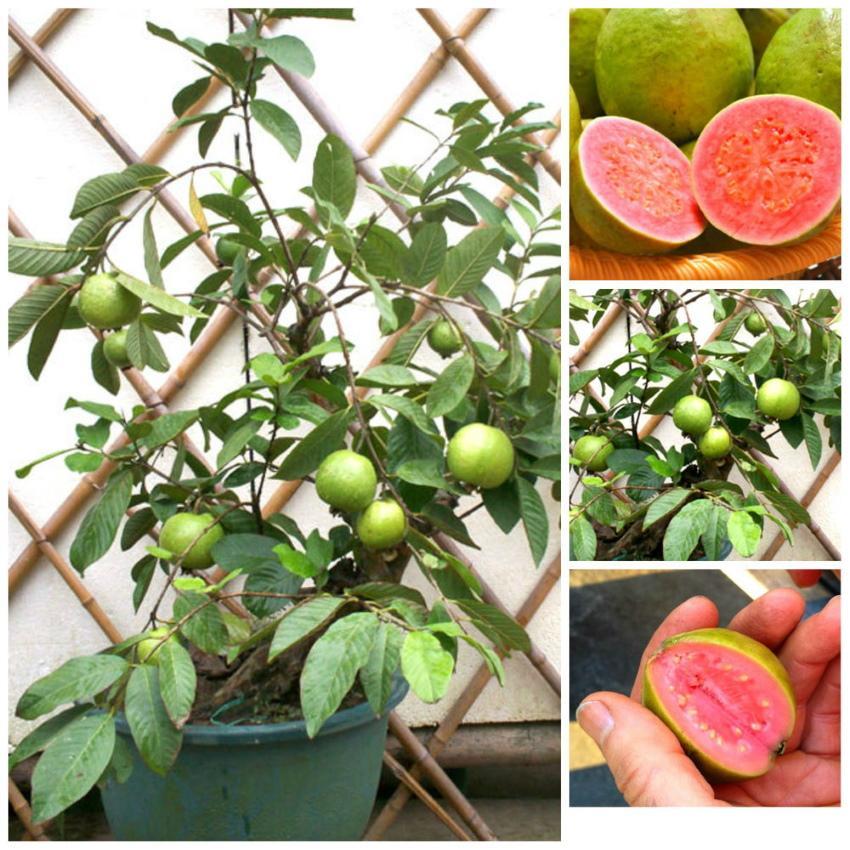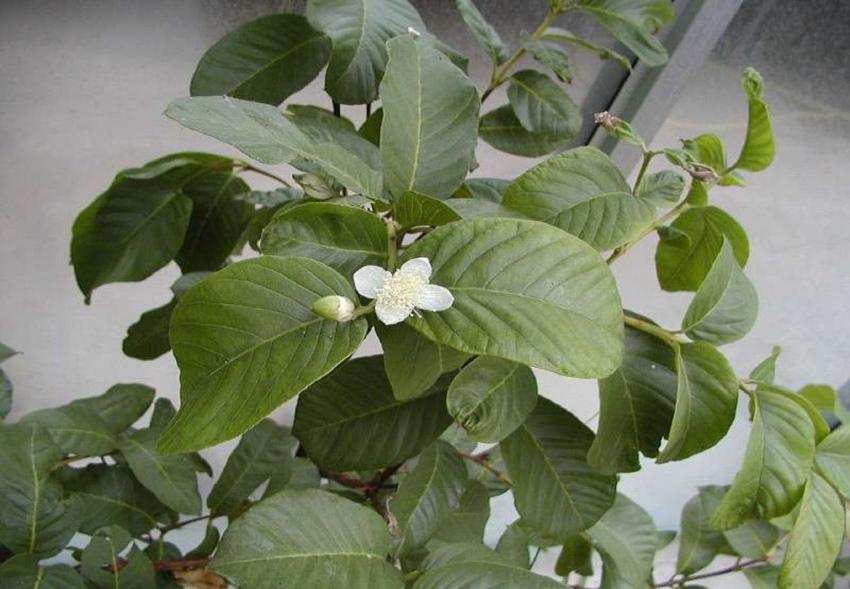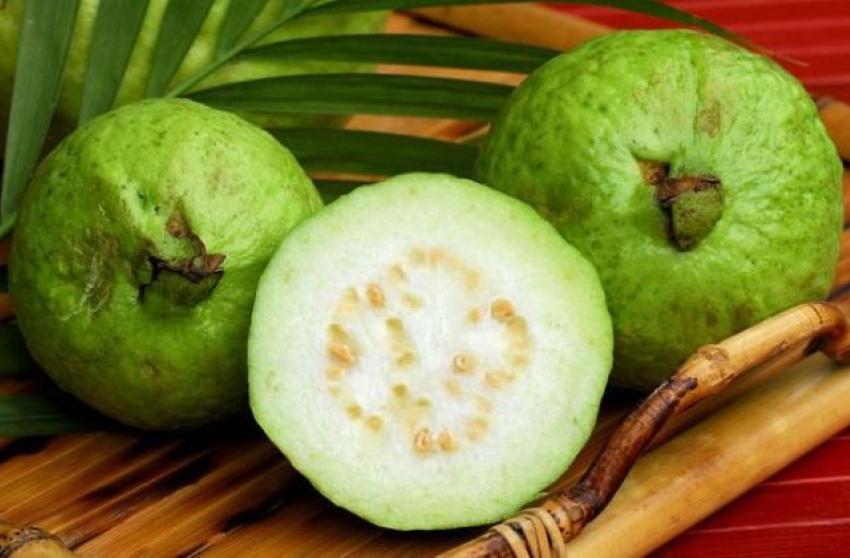How to grow guava at home - taming the Tropicana
 Dense green foliage on red twigs, large white flowers and tasty yellow or red fruits ... Guava is beautiful for everyone, this tropical inhabitant, it's a pity, but in our climate it does not grow. However, this does not prevent it from becoming a room culture, because there is nothing complicated in how to grow a guava at home. Constant temperature and room air are only "at hand" and nothing will prevent you from harvesting. Of course, there are some nuances, but in general, the guava feels comfortable in the house. What is it and what does it need as a pot culture?
Dense green foliage on red twigs, large white flowers and tasty yellow or red fruits ... Guava is beautiful for everyone, this tropical inhabitant, it's a pity, but in our climate it does not grow. However, this does not prevent it from becoming a room culture, because there is nothing complicated in how to grow a guava at home. Constant temperature and room air are only "at hand" and nothing will prevent you from harvesting. Of course, there are some nuances, but in general, the guava feels comfortable in the house. What is it and what does it need as a pot culture?
Description of the plant

Guava, aka psidium, is an evergreen plant with reddish twigs and elongated green foliage. The leaf plate is dense, with smooth edges and clearly traced veins. The tree is especially beautiful during flowering, when large, up to 4 cm in diameter, white flowers with a delicate aroma bloom.
However, the main reason for growing room guava is not its decorative effect, but its fruits. These are large berries in the form of yellow or red balls. Their diameter reaches 15 cm, dense pulp with small seeds is covered with a skin that emits a musky odor.
The following types of guava feel best in pots in greenhouses or winter gardens:
- Tropical with green - yellow fruits, pink inside.
- Strawberry with red fruits with white flesh.
- Lemon with tart small yellow berries.
- Pineapple with oval green berries, white inside.
Pineapple guava is the most frost-resistant and can withstand frosts down to minus 11 °.
How to grow guava at home
 The indoor tree loves light and warmth. You can put it at any window except the north one. Guava should receive at least 6 hours of sunlight a day. The ideal temperature for keeping is 25 ° C, for the winter it is allowed to put the tree in a cool room, but not lower than 18 -15 ° C.
The indoor tree loves light and warmth. You can put it at any window except the north one. Guava should receive at least 6 hours of sunlight a day. The ideal temperature for keeping is 25 ° C, for the winter it is allowed to put the tree in a cool room, but not lower than 18 -15 ° C.
Remember that the guava will not survive the cold. At 10 ° C, it loses foliage, and at minus 3 °, it finally dies.
 The tropican does not need frequent watering and high humidity due to its high drought resistance and small roots. Spray the crown occasionally. With a cool winter, watering is significantly reduced. But with the onset of spring and all summer, feed the guava organic and mineral complexes once a month.
The tropican does not need frequent watering and high humidity due to its high drought resistance and small roots. Spray the crown occasionally. With a cool winter, watering is significantly reduced. But with the onset of spring and all summer, feed the guava organic and mineral complexes once a month.
The tree lends itself to formation, for which every spring, cut and shorten the shoots, stimulating branching. In addition, do not let young specimens bear fruit for a couple of years, breaking off the ovary so that they get stronger. In the future, leave no more than 4 berries on each branch.